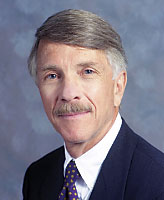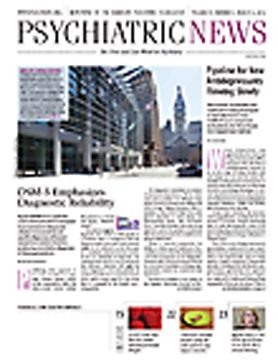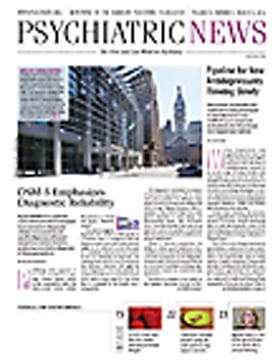I recently returned from a most interesting trip to India, where I presented a lecture at three meetings. It was a pleasure to join Dilip Jeste, who also presented at all three meetings, in his home country. The citizens of India are warm, hospitable, and generous, and they have impressive centers of scholarship and research.
The first meeting was a conference in Mumbai, sponsored by the N. S. Vahia Foundation, established in honor of the late Dr. N. S. Vahia, a highly respected psychiatrist in Mumbai. The conference was organized by Dr. Vihang Vahia, son of Dr. N. S. Vahia and father of Dr. Ipsit Vahia, also a psychiatrist, who works with Dilip at the University of California, San Diego. I joined Dilip and Rajiv Tandon (like Dilip, paying a visit to his home country) to participate in a program on DSM-5. The audience was intensely interested in the topic, since many of them routinely use DSM-IV-TR in their work.
The second presentation was in Kochi, at the Third Annual Meeting of the Indian Global Psychiatric Initiative (IGPI), where I was invited by Dr. Russell D’Souza, President of IGPI, to focus on personality disorders and DSM-5. Dr. Shiv Gautam, former president of the Indian Psychiatric Society (IPS), emphasized the importance of cultural differences; he described India as a “culture of dependency,” by which he meant that family bonds and respect for the “wisdom of the elders” are very strong. He pointed out that something referred to as “emotional overinvolvement” in another culture might not be seen as a problem in his country.
In a presentation titled “Psychiatric Diagnosis: The Indian Perspective,” Dr. Ajit Avasthi presented recent data from a World Health Organization/World Psychiatric Association survey, indicating that the personality disorders, including borderline personality disorder (BPD), were not commonly seen in clinical populations in India, since they were more often viewed as “habit” or “nature” rather than illness. Yet in the breaks, clinicians came up to me saying that they had many patients with BPD in their practice and that they disagreed with the survey results. Speculations were voiced that, traditionally, patients with personality disorders may not have been recognized and may have been managed within the family, but that Indian society was changing and that these patients were becoming more visible in clinical settings.
(I recall being puzzled years ago, when I had an opportunity to visit the psychiatric department at Muhimbili Medical Centre in Dar es Salaam, Tanzania, and asked to see a list of the most common diagnoses of hospitalized patients. The list had several surprises, such as high numbers of delirium secondary to malaria and other infectious diseases and the complete absence of depression. I was advised that depression did exist, but it frequently was not identified as an illness. Instead, it was considered a type of failure to cope. Individuals with symptoms we might diagnose as depression were accepted as part of the responsibility and burden of the family.)
The third meeting was the 64th Annual National Conference of the IPS, also in Kochi, where I was invited by Dr. M. Thirunavukarasu, president of IPS, to present a plenary lecture titled “Borderline Personality Disorder: New Findings and Current Controversies.” The meeting was excellent, and many attendees expressed appreciation for the up-to-date information on BPD, which was seen too often as an untreatable condition. Many members of the IPS are international members of APA and plan to be at our Philadelphia meeting, and they were most appreciative that Dilip and I attended the annual meeting of their professional organization.
These musings do not reflect headline news, since many experts throughout the world have made similar observations and have emphasized the importance of understanding how cultural differences play a role in psychiatric diagnosis. The
DSM-5 Task Force has a cross-cutting study group chaired by Kimberly Yonkers focusing explicitly on cultural issues, and each work group is charged to consider cultural concerns in its deliberations about potential revisions in our diagnostic manual. I must say that I have a greater appreciation of the importance of the cultural lens after these educational exchanges with our colleagues from the other side of the world.



